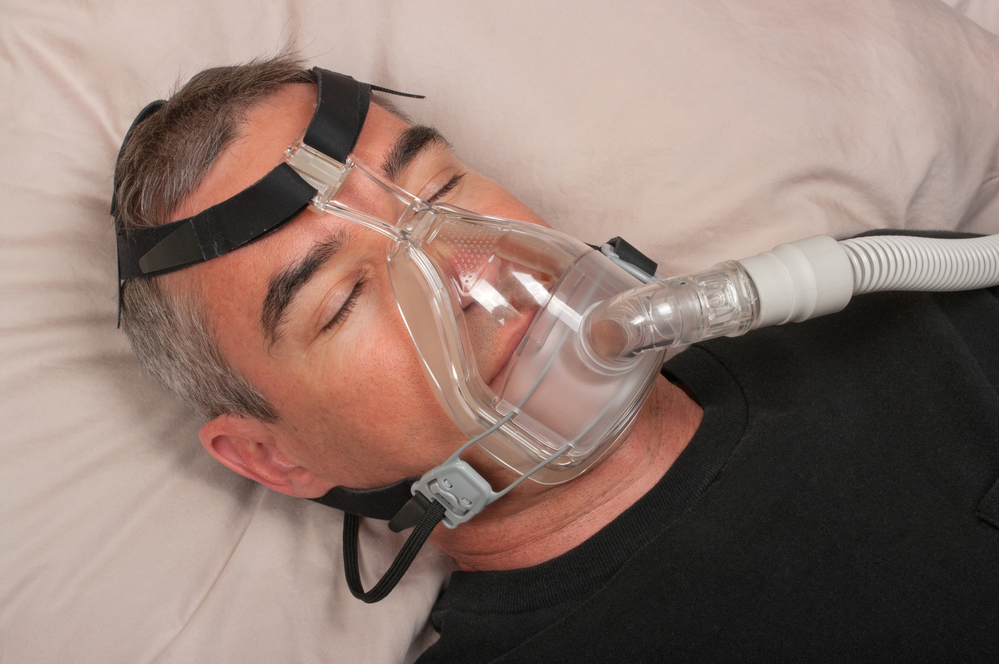Explore High-End BiPAP Rental Units at Affordable Rates
Wiki Article
Bipap vs. CPAP: Which Is the most effective for Your Rest Problem?
When browsing the complexities of sleep disorders, the selection between BiPAP and CPAP treatment is an important factor to consider. While CPAP supplies a steady air flow suitable for obstructive sleep apnea, BiPAP's double pressure setups might improve comfort for those with even more intricate respiratory issues.Understanding Rest Disorders
Rest conditions incorporate a range of conditions that interfere with typical rest patterns, affecting both the quality and period of rest. These conditions can manifest in various kinds, including insomnia, sleep apnea, narcolepsy, uneasy leg disorder, and parasomnias. Each condition provides special challenges, often causing substantial daytime exhaustion, cognitive impairment, and emotional disruptions.Sleep problems is characterized by trouble falling or remaining asleep, while rest apnea entails repeated disturbances in breathing during sleep, commonly leading to fragmented rest. Narcolepsy, on the various other hand, is noted by excessive daytime drowsiness and abrupt rest assaults. Troubled leg syndrome causes unpleasant feelings in the legs, prompting an irrepressible impulse to relocate them, which can additionally prevent the capability to sleep.
The influence of rest disorders extends beyond private health, affecting general performance, connections, and lifestyle. Comprehending the details nature of each condition is critical for effective diagnosis and treatment. As rest health comes to be progressively acknowledged as an important component of overall well-being, addressing these conditions is essential for enhancing both rest quality and day-to-day performance.
Just How CPAP Works
Continual Favorable Respiratory Tract Stress (CPAP) therapy is often utilized as a primary treatment for obstructive rest apnea (OSA) The system of CPAP involves the use of a device that delivers a constant stream of air with a mask used throughout sleep. This airflow keeps positive pressure in the airway, preventing the collapse or blockage of the throat that can happen throughout rest.When a person inhales, the CPAP machine gives a constant flow of air, guaranteeing that the airway stays open - BiPAP Rental. This not only relieves the signs and symptoms of OSA, such as snoring and interfered with sleep patterns, yet likewise reduces the associated health dangers, including cardio complications and daytime fatigue
The pressure settings on a CPAP equipment can be tailored to satisfy private person demands, frequently determined with a sleep study. In general, CPAP therapy has been shown to substantially boost the top quality of rest and overall health for individuals suffering from obstructive sleep apnea.
Just How BiPAP Works
BiPAP, or Bilevel Positive Airway Pressure, is a specialized kind of non-invasive air flow that is specifically advantageous for individuals with conditions such as intricate sleep apnea or respiratory disorders. Unlike CPAP, which delivers a continual stream of air at a single pressure, BiPAP offers two distinctive pressure settings: a greater inspiratory stress for inhalation and a reduced expiratory stress for exhalation. This dual-pressure method permits less complicated breathing, decreasing the initiative needed during exhalation.The device operates via a mask fitted over the nose or mouth, attached to a maker that creates atmospheric pressure. When the person breathes in, the device supplies the greater pressure to assist with airflow, ensuring that the air passage continues to click here to find out more be open. Upon exhalation, the maker immediately decreases the stress, making it more comfortable for the person to take a breath out.

Trick Distinctions In Between BiPAP and CPAP

In contrast, BiPAP (Bilevel Positive Air passage Pressure) offers two various stress settings: one for inhalation and a reduced one for exhalation. This double stress system permits more comfortable breathing, especially for patients who have a hard time with breathing out versus a continual stress. BiPAP is usually recommended for patients with intricate rest apnea, persistent obstructive pulmonary disease (COPD), or those that require added support throughout rest.
Moreover, the intricacy of BiPAP devices usually leads to a greater cost and needs a lot more cautious titration than CPAP. BiPAP Rental. Understanding these vital distinctions can aid in acknowledging which device may be better for specific sleep disorders, setting the foundation for enlightened treatment decisions
Choosing the Right Treatment
The decision in between BiPAP and CPAP therapy mainly hinges on the particular characteristics of the rest problem, the patient's total health and wellness, and their convenience with the device. CPAP, which supplies a continuous stream of air, is commonly prescribed for obstructive rest apnea (OSA)Alternatively, BiPAP provides 2 levels of stress: one for inhalation and a reduced one for exhalation. This double pressure system is advantageous for people with complicated rest apnea or those that experience difficulty exhaling versus a constant stress. Furthermore, BiPAP is typically recommended for people with respiratory problems, such as persistent obstructive lung disease (COPD), where differing pressure settings can enhance convenience and compliance.
Inevitably, a detailed assessment by a rest expert, consisting of a sleep research study, can aid identify which treatment lines up ideal with the patient's requirements. Factors such as convenience, ease of usage, and details medical conditions ought to also be thought about to optimize therapy outcomes.
Conclusion
In summary, both BiPAP and CPAP offer unique functions in the monitoring of rest problems. CPAP works for obstructive sleep apnea through i was reading this regular air flow, while BiPAP uses double stress setups that improve convenience for those with complicated sleep apnea or breathing problems. The option between these therapies should be led by specific demands and problems, necessitating official website a detailed analysis by a rest expert to guarantee ideal treatment results and improved quality of rest.
In general, CPAP treatment has been shown to dramatically improve the quality of sleep and general wellness for people suffering from obstructive sleep apnea.
BiPAP is typically advised for individuals with complex sleep apnea, chronic obstructive lung illness (COPD), or those that require additional assistance during sleep.
CPAP is efficient for obstructive sleep apnea via constant airflow, while BiPAP uses twin pressure setups that improve convenience for those with complex sleep apnea or breathing problems.
Report this wiki page